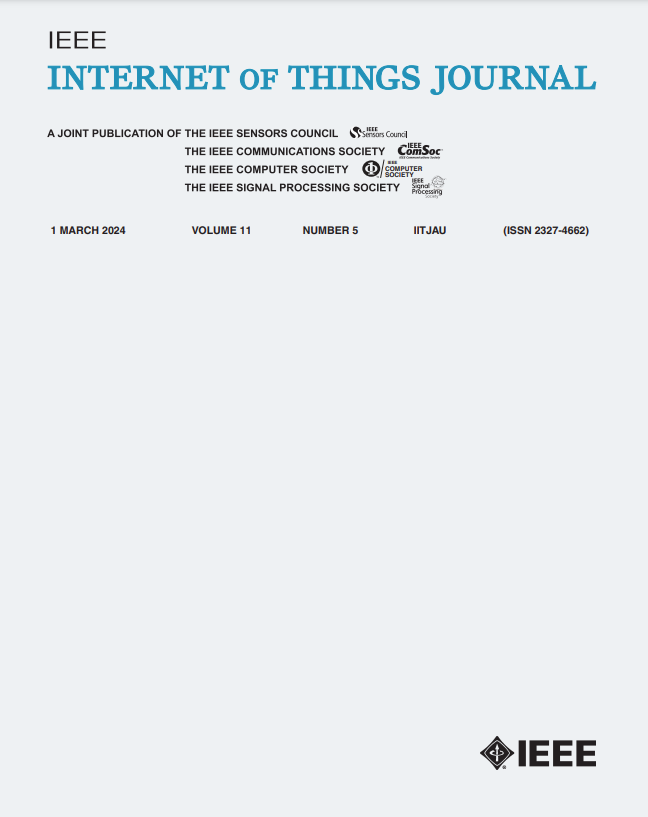MalAE:基于特征优化和自编码器集成的物联网恶意软件分类方法
IF 8.9
1区 计算机科学
Q1 COMPUTER SCIENCE, INFORMATION SYSTEMS
引用次数: 0
摘要
在物联网(IoT)领域,恶意软件的快速发展和多样化的混淆策略使其难以有效检测和识别,对网络安全构成重大威胁。签名或启发式方法依赖于固定的特征识别,这使得处理新的变体具有挑战性。最近的研究提出了利用字节和图像的静态分析或api的动态分析的深度学习技术。然而,这些方法仅对来自同一平台的样本有效,或者由于过度的不相关混淆而导致维度爆炸,使其不足以管理复杂的跨平台恶意软件。在这项工作中,我们提出了一种新的轻量级跨平台恶意软件分类系统MalAE。该系统采用全局-局部粒子群优化算法挖掘频繁特征,自适应识别不同的族特征,有效识别变异。自编码器集成了综合的文件特征和跨平台的基本块特征,从不同的角度和特征空间,将高维数据压缩到低维潜在空间。该方法保留了基本信息,捕获了非线性复杂关系,促进了复杂跨平台样本的快速分类。在两个不同的数据集上进行的评估表明,MalAE在提高准确率的同时,将原始特征维数减少了大约70%。与最先进的方法相比,MalAE获得了更好的结果,达到了97.72%的准确率。本文章由计算机程序翻译,如有差异,请以英文原文为准。
MalAE: A Feature-Optimized and Autoencoder Ensemble-Based Method for IoT Malware Classification
In the landscape of the Internet of Things (IoT), the rapid evolution and diverse obfuscation tactics of malware render it challenging to detect and identify effectively, posing significant threats to network security. Signature or heuristic methods rely on fixed feature recognition, making it challenging to handle new variants. Recent research has proposed deep learning techniques that utilize static analysis of bytes and images or dynamic analysis of APIs. However, these methods are effective only on samples from the same platform or lead to a dimensional explosion due to excessive irrelevant obfuscation, rendering them inadequate for managing complex cross-platform malware. In this work, we propose a novel lightweight cross-platform malware classification system called MalAE. This system employs a global-local particle swarm optimization algorithm to mine frequent features, adaptively identifying distinct family characteristics and efficiently recognizing variants. An ensemble of autoencoders integrates comprehensive file features and cross-platform basic block features from various perspectives and feature spaces, compressing high-dimensional data into a low-dimensional latent space. This approach preserves essential information, captures nonlinear complex relationships, and facilitates the rapid classification of intricate cross-platform samples. Evaluations conducted on two different datasets demonstrate that MalAE reduces the original feature dimensions by approximately 70% while also enhancing accuracy. Compared to state-of-the-art methods, MalAE achieves superior results, attaining an accuracy of 97.72%.
求助全文
通过发布文献求助,成功后即可免费获取论文全文。
去求助
来源期刊

IEEE Internet of Things Journal
Computer Science-Information Systems
CiteScore
17.60
自引率
13.20%
发文量
1982
期刊介绍:
The EEE Internet of Things (IoT) Journal publishes articles and review articles covering various aspects of IoT, including IoT system architecture, IoT enabling technologies, IoT communication and networking protocols such as network coding, and IoT services and applications. Topics encompass IoT's impacts on sensor technologies, big data management, and future internet design for applications like smart cities and smart homes. Fields of interest include IoT architecture such as things-centric, data-centric, service-oriented IoT architecture; IoT enabling technologies and systematic integration such as sensor technologies, big sensor data management, and future Internet design for IoT; IoT services, applications, and test-beds such as IoT service middleware, IoT application programming interface (API), IoT application design, and IoT trials/experiments; IoT standardization activities and technology development in different standard development organizations (SDO) such as IEEE, IETF, ITU, 3GPP, ETSI, etc.
 求助内容:
求助内容: 应助结果提醒方式:
应助结果提醒方式:


